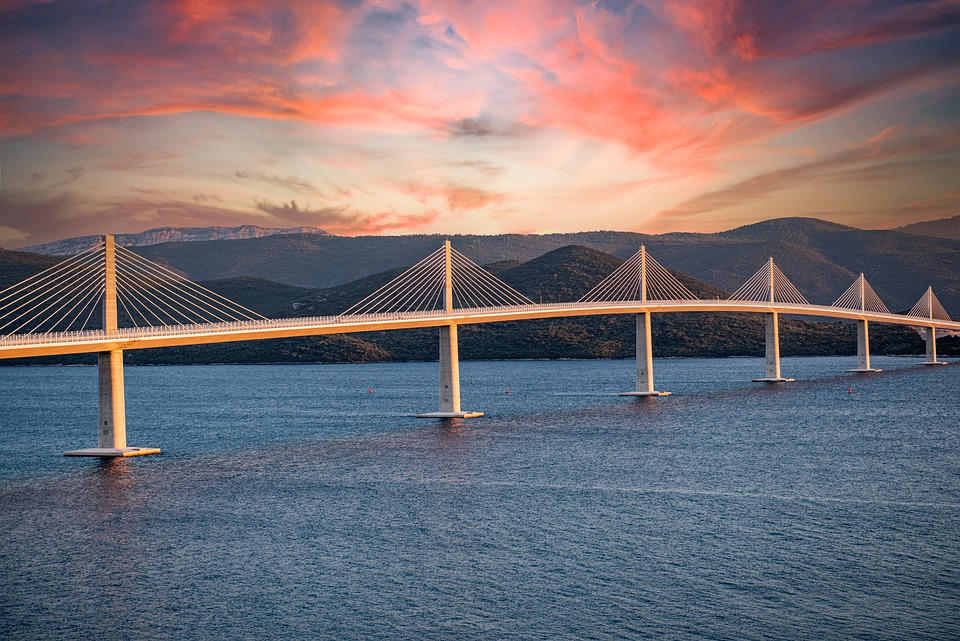As Poslovni Dnevnik writes, throughout his long and prosperous career, famous urban planner and Croatian architect Branko Siladjin (86) was at the helm of a series of projects that realised the synthesis of both historical layers and new urban design. However, when it comes to the newly opened Peljesac bridge, he has several remarks.
“I’ve got no objection to the bridge whatsoever, and unfortunately there are a large number of people who read things I’ve written as if I’ve got a problem and react like I’m against it. All I’m doing is simply trying to bring down the ball of artificially politically created and nurtured national euphoria to the ground. To point out the, unfortunately, almost inevitable, permanent and certainly unfavourable consequences for this God-given piece of land, the almost unbelievable potential of the continuity of the quality of life here, in a possible and appropriate relationship between Man and Space”, Croatian architect Branko Siladjin told Novi list.
He commented that an English journalist working for The Sunday Times saw and felt the beauty of the untouched nature of the Peljesac peninsula “which can only be reached by macadam roads, and which offers pleasures from long-forgotten times”, while “we don’t see an unnecessarily and permanently destroyed landscape, destroyed by the needs of redundant roads”.
“These are roads which have been interestingly and carefully nurtured into a crucial national political issue and a problem of national unity, placing the issue of borders and the unity of the Croatian territory in the foreground has been persistently nurtured for years and has become a basic national goal, and if something is fictitious and changeable, then that’s borders. In my lifetime, they’ve been changed here four times, and if I live to see January the 1st, 2023, I will experience a fifth change of the borders. If something is changeable on this planet, then borders are what that is,” the famous Croatian urban planner emphasised.
“The new road down to Dubrovnik is now longer than it was, and even today, if someone is in a particular rush to get there, they’ll make it there more quickly by going through Bosnia and Herzegovina’s only piece of coastline, Neum. It’s all about people, and unfortunately for individuals and interest groups. It should be remembered that the Germans found an interest and a solution to access Berlin in the most intense phase of the Cold War by creating a road corridor, which I also used to reach Berlin in 1961 without running into any problems,” said Siladjin.
He also commented on the real estate boom that happened in the area of the Peljesac peninsula and how everything was directed by interests and capital alone.
“Everyone knows that as soon as the construction of the bridge was ever mentioned, millions of square metres of land on the Peljesac peninsula were purchased for less than 1 DM, and today those prices have increased 40 times. We know and expect a real estate boom and mindless concreting and construction, not of or for living spaces, but for the creation of dead material investment value, of houses, buildings, apartments… Everyone knows it.” concluded Croatian architect Branko Siladjin.
For more, make sure to check out our dedicated lifestyle section.








